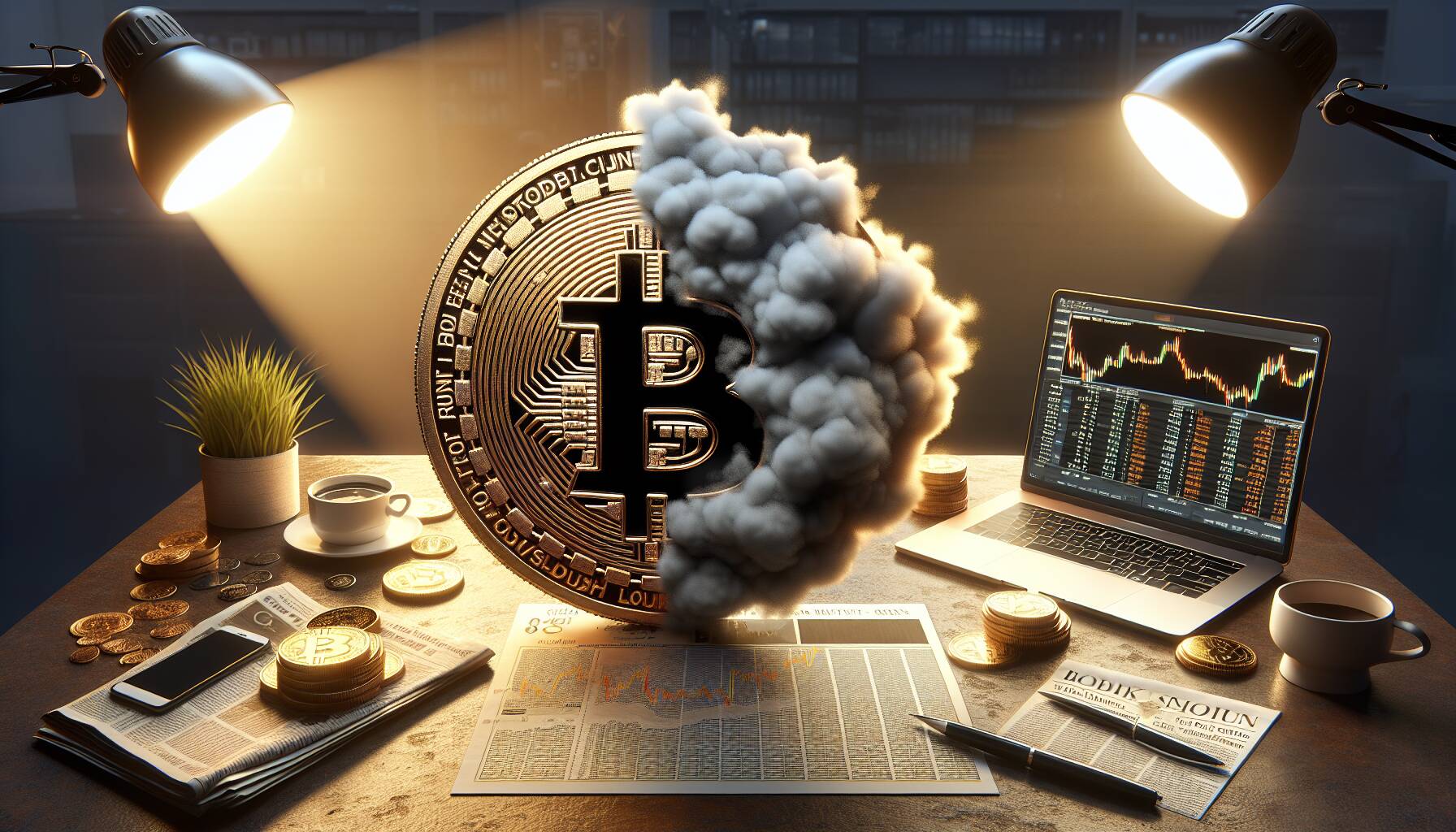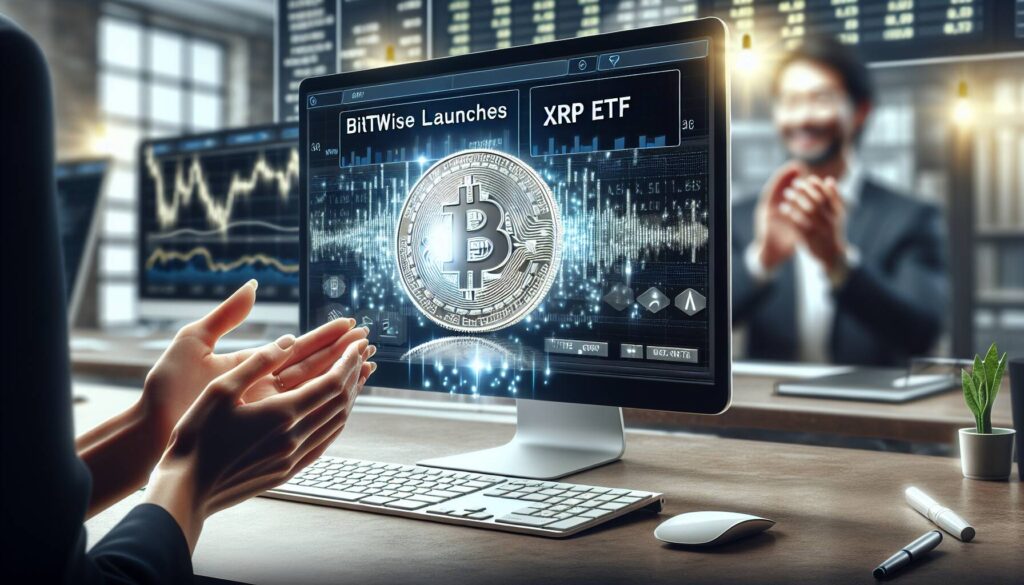The cryptocurrency landscape is witnessing a cautious shift as bitcoin (BTC) investors are reassessing their long-term bullish outlook. Recent data reveals a notable change in market sentiment, particularly indicated by the 180-day skew, which measures the difference in implied volatility between call and put options listed on the Deribit exchange. According to Amberdata, this skew has recently returned to a neutral state, signifying a retreat from previously bullish projections.
Market analysts are voicing concerns about a potential bear market looming in 2026, similar to trends observed during past downturns. Griffin Ardern, the head of options trading and research at BloFin, shared his insights, noting that the disappearance of bullish sentiment in far-month options suggests that traders are becoming increasingly skeptical about bitcoin achieving new highs in the near future.
“I’ve noticed a rather worrying sign with the recent market pullback. Bitcoin’s bullish sentiment for the far-month options has vanished, and it is now firmly neutral,” Ardern stated in a conversation with CoinDesk.
This shift towards neutrality might be partly driven by structured products that involve selling higher strike call options, a strategy used to enhance yield from spot market investments. The implications of these tactics are evident as volatility for calls diminishes, suggesting an impending recalibration of expectations among traders.
The backdrop for this current uncertainty is multifaceted, with macroeconomic trends playing a significant role. Bitcoin’s price recently fell over 4%, bringing it near its previous record high of $11,965, coinciding with an uptick in the core Personal Consumption Expenditures (PCE), a key inflation measure. Such economic data prompts traders to seek downside protection through put options, reflecting a shift in strategy amidst growing inflationary pressure.
“The inflationary effects of supply chain impulses are already showing up in economic data,” Ardern pointed out, illustrating the interconnectedness of economic conditions and market sentiments.

Bitcoin Market Sentiment Shifts to Neutral
The recent trends in Bitcoin options trading reveal a concerning shift in market sentiment that could impact investors and traders.
- Long-Term Bullish Conviction Reconsidered:
- The implied volatility skew has retreated to zero, indicating a shift from bullish to neutral sentiment in the Bitcoin market.
- This change suggests that establishing a long-term uptrend may be increasingly challenging.
- Potential Bear Market Warning:
- Analysts are cautioning that a bear market could emerge in 2026, paralleling previous market downturns.
- Historical context indicates that similar market conditions presented before previous declines.
- Market Reaction to Economic Indicators:
- Recent inflation data and disappointing payroll reports have contributed to Bitcoin’s price decline.
- Traders are adopting protection strategies through put options amidst rising economic uncertainties.
- Impact of Macroeconomic Factors:
- Supply chain problems and tariff-related impacts are projected to elevate inflation, influencing traders’ perspectives on BTC.
- The potential for prolonged inflation may hinder the Federal Reserve’s ability to lower interest rates.
- Triggers for Price Movements:
- Recent drops in Bitcoin’s price have motivated traders to seek downside protection through put options.
- Anecdotal evidence suggests structured products may be influencing the dynamics of call and put options markets.
- Upcoming Economic Data Releases:
- Traders should monitor releases such as the ISM non-manufacturing PMI and July CPI to gauge inflationary trends.
- These indicators are critical as they could further shape market sentiment around Bitcoin and broader economic conditions.
Shifting Sentiment in Bitcoin Options: An Analysis
The recent turn in bitcoin’s long-term sentiment has raised eyebrows in the crypto market. As demonstrated by the unsettling drop in the 180-day skew indicator to neutral, it seems that the once unwavering bullish conviction is now filled with hesitation. This sentiment mirrors trends observed in early 2022, emphasizing the cyclical nature of market psychology. Compared to previous bullish periods, where optimism towards BTC thrived, current conditions suggest a plateau in growth potential, casting doubt on the ability of bitcoin to scale new heights sustainably.
Competitive Advantages: The shift to a neutral sentiment in options trading could present opportunities for traders employing strategies like covered calls, which can generate yield from existing holdings. This environment may be particularly advantageous for more risk-averse investors who prioritize capital preservation over aggressive growth. Moreover, hedge funds and institutional players might find this atmosphere a fertile ground for navigating through volatility, as they can adjust their strategies accordingly, steering clear of overexposed bullish bets.
Disadvantages: On the flip side, this realignment in market sentiment could create hurdles for more speculative investors and those longing for substantial upward momentum. The warning signs of a potential bear market in 2026 may lead to cautious investment practices, with many opting to hold off on making significant positions in BTC. This sentiment of uncertainty can also perpetuate a cycle of risk aversion, possibly resulting in a broader market pullback akin to events witnessed in prior bearish phases.
The evolving inflation landscape is a double-edged sword, particularly for everyday investors. Would-be participants in the crypto space may find the current macroeconomic pressures daunting, following analysts’ projections of elevated inflation rates stoked by geopolitical factors such as tariffs. This inflationary backdrop poses a threat not only to consumer sentiment but also to the ability of retail traders to enter or expand their positions in cryptocurrencies like bitcoin.
Investors looking for safe havens may find themselves drawn to more stable assets, leaving cryptocurrencies vulnerable during this phase of hesitancy. Moreover, as the Federal Reserve grapples with persistent inflation, the likely implications for interest rates could further complicate the landscape for crypto investments. In this critical moment, both institutional entities and individual traders must reassess their risk appetites and investment horizons as they navigate this shifting terrain in bitcoin’s value proposition.
















